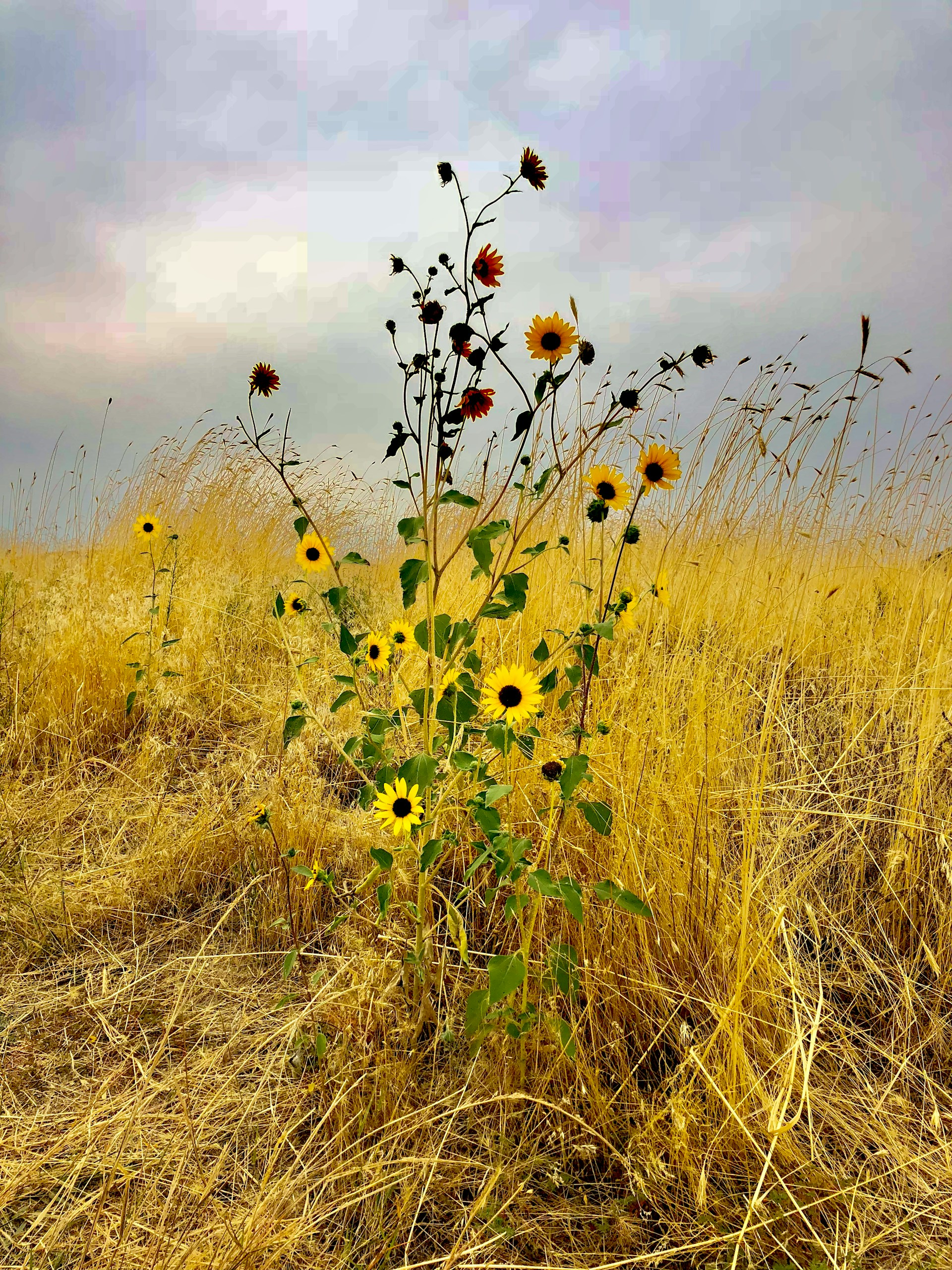Introduction
Hummingbirds play a vibrant role in our ecosystems, serving as unique pollinators that bring the joy of nature’s spectacle right into our backyards. A backyard hummingbird-friendly garden can serve as a delightful and educational hobby. Yet creating this scenic bird paradise takes more than just hanging feeders. Plants, in particular seasonal and perennial flowers, are a cornerstone for attracting these avian jewels. This paper aims to educate our readers – primarily American nature and outdoor enthusiasts – on fast-growing plants, native flowers, and their care requirements ideal for attracting hummingbirds in the state of Washington.
Overview of Fast-Growing Flowers
The selection of flowers must balance the fast growth rate, attractiveness to hummingbirds, and suitability for Washington’s diverse climate. Native Washington Flowers provide unparalleled benefits such as robust growth, lower maintenance, and a higher attraction for local wildlife including hummingbirds.
Red Columbine or Aquilegia formosa is a classic example of a native flower endemic to Washington. The red columbine growing conditions and care include thriving in partial shade, well-drained soils, and cooler temperatures at higher elevations. These flowers have the added advantage of being low-maintenance once established, with aphids and leaf miners as potential pests that can be naturally managed. They perform ideally in the cooler, northern regions of Washington.
Scarlet Gilia, Ipomopsis aggregata, originating from the Western United States, grows quickly and possesses attractive, vibrant red flowers that hummingbirds love. The scarlet gilia care requirements include well-draining soil, plenty of direct light, and moderate watering. They thrive in varied soil types and are particularly well-suited to the southern parts of Washington, which experience sunnier periods.
Options for Longer-Term Projects
For those looking for a rewarding longer-term project, the beautiful Rocky Mountain Columbine (Aquilegia caerulea) provides stunning blooms that attract hummingbirds alongside a generous blooming period, albeit it has a longer growth time. Similarly, the Western Trumpet Honeysuckle (Lonicera ciliosa) offers a perennial option for those looking to cultivate a long-term hummingbird attraction. Essential care tips involve diligent soil preparation, appropriate fertilization, and a tailored watering schedule to meet the needs of each plant variety.
Climate and Regional Considerations
Washington’s Climate Zones offer distinct challenges and opportunities for plant growth. The state’s northern part with its cooler temperatures are perfect for partial shade plants like Red Columbine. In contrast, the warmer, drier climates in the south play host to resilient plants like Scarlet Gilia.
Seasonal Considerations also play a critical role in planting cycles, watering routines, and pest control for Washington flowers. Ensuring timely planting while managing soil conditions and water availability throughout the changing seasons ensures that flowers flourish to their highest potential and attract as many hummingbirds as possible.
Practical Planting and Maintenance Tips
To attract hummingbirds and keep them coming back, proper care and maintenance are crucial. From soil preparation to watering schedules, each flower type may have specific requirements. Gardeners in Washington should be prepared to meet these needs to ensure a thriving, hummingbird-friendly garden.
Moreover, pest control is an essential part of a plant’s health and attractiveness to hummingbirds. Fast-growing flowers such as sweet alyssum can be used for organic pest control, as they attract natural predators of pests like hoverflies. Avoiding chemical pesticides while encouraging these organic solutions will help maintain a healthier garden environment for hummingbirds.
Common challenges and their solutions, including potential diseases, environmental stress, or infestations, must also be understood and addressed effectively for the successful growth of your hummingbird-attracting flowers.
In conclusion, creating a hummingbird-friendly garden in Washington requires the strategic selection of native, fast-growing flowers with the objective of fostering a rich ecosystem of robust fauna and flora. By understanding the climate, regional considerations and the specific care requirements of these flowers, outdoor and nature enthusiasts can build thriving hummingbird-friendly habitats right in their backyards, contributing to local biodiversity and enjoying nature’s spectacle in all its glory.

